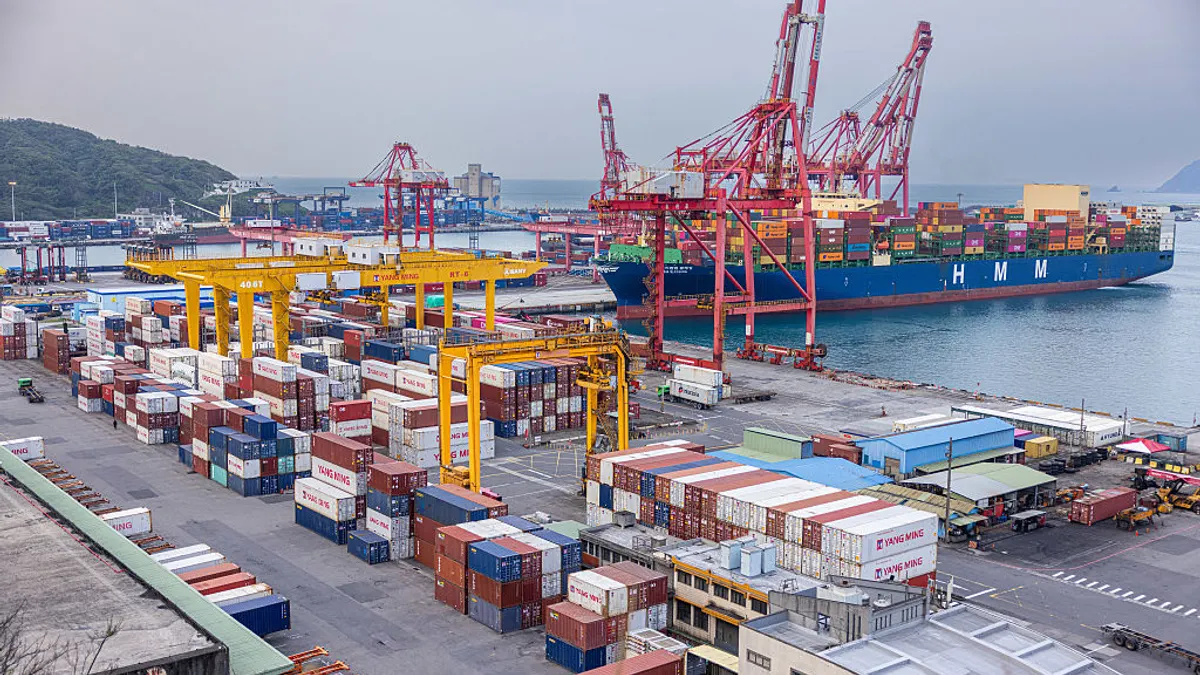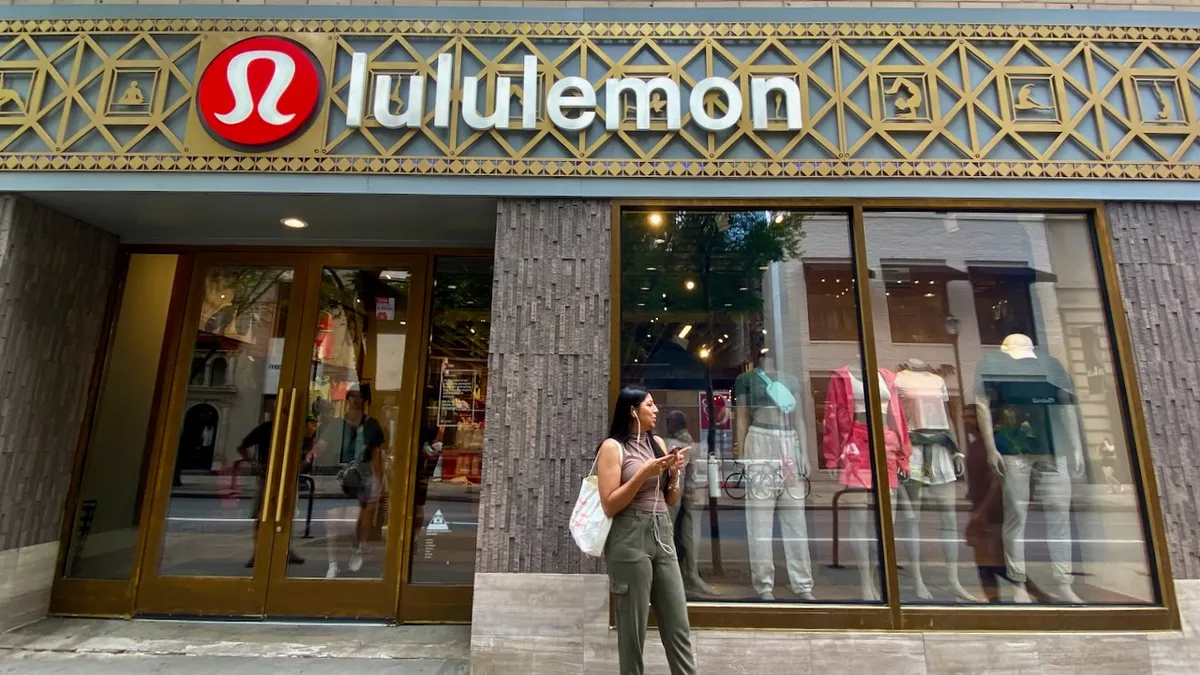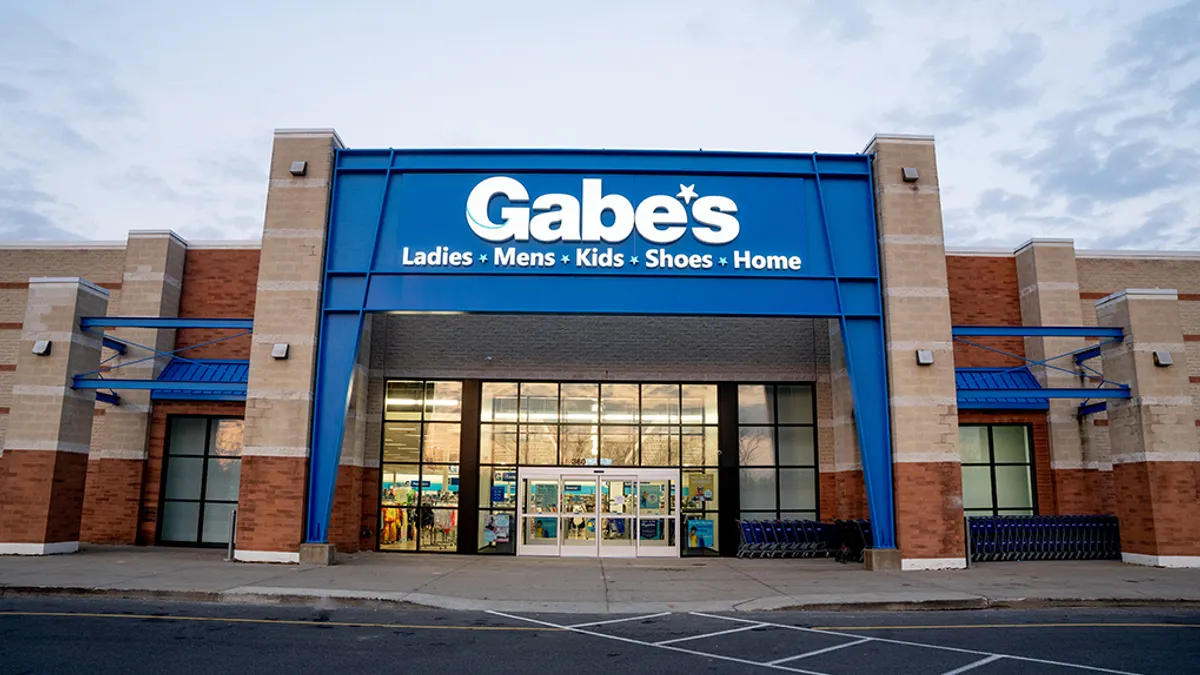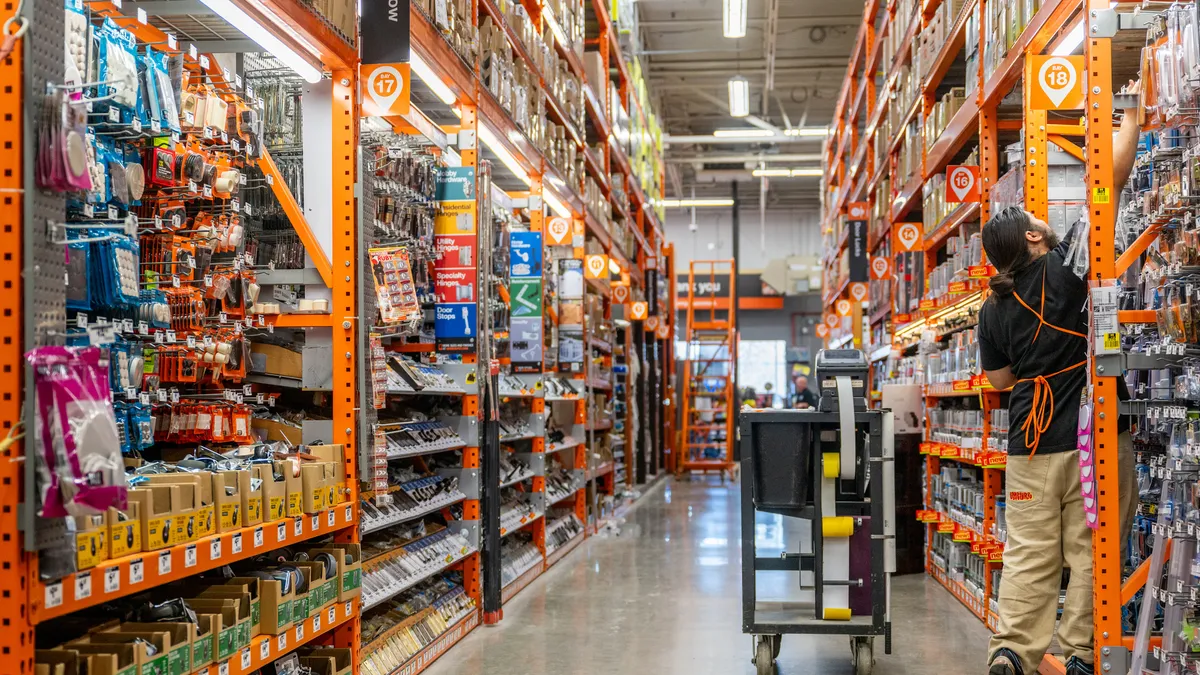In December, before Donald Trump was sworn back into office as president, tariffs were already a hot topic. Back then, several analysts saw off-price retailers as sheltered from import duties because so much of their inventory comes from other retailers and brands, which do the importing and pay the duties.
But once tariffs became a reality, it became clear that they pose a greater risk to off-pricers than previously thought, according to Evercore ISI analysts led by Michael Binetti. They estimate that, counting both direct and indirect sourcing, 40% of the total containers imported to TJX’s U.S. operations last year were from China, for example.
“Do off-pricers quietly have more exposure to China inventory than they let on?” Binetti said in a May research note. “They do. While the off-pricers claim to have very little direct sourcing from China, we believe a much higher [percentage] of the product they source indirectly is from China.”
That doesn’t mean that these retailers are in the same boat as most others. The on-again, off-again nature of the tariff policy has sent most retail companies scrambling, and off-price players have reacted deftly, according to Evercore’s research. For the most part, they moved to amass inventory even before the rollout of reciprocal tariffs on April 2, avoided placing orders while levies on goods from China were at 145%, then resumed them once levies plummeted to 30%.
“Our store checks and industry conversations suggest the off-pricers quickly pivoted their floors to categories where goods were more readily available,” Binetti said, adding, though, that “the off-pricers will likely shift goods to ‘fast boats’ that cost more. Our off-price contacts think container prices could double or more in the near-term.”
The viability of several of the Trump administration’s tariffs was called into question Wednesday when the U.S. Court of International Trade issued an injunction against levies on imports from a number of countries, including China, that rely on emergency declarations. Uncertainty persists, however, as an appeals court paused the block on Thursday.
Here’s how the big three U.S. off-price companies fared in Q1, and what they’re saying about tariffs, inventory, pricing and more.
TJX
On a call with analysts earlier this month, CEO Ernie Herrman described agility in pricing as well as buying, so that customers always find value compared to department stores or specialty stores. He said the company sources less 10% of its inventory directly from China but didn’t elaborate on indirect sourcing.
“While we're not immune to tariff pressure, we are laser focused on our initiatives to offset them by remaining flexible and executing our opportunistic buying approach,” he said.
“As far as the pricing goes, we will always ensure that we are below — that we have a gap between us and the out-the-door price at the regular traditional retailers,” he also said. “Having said that, we believe there's opportunity for us to buy better.”
TJX missed expectations in Q1, with gross margin down slightly compared to last year at 29.5% and net income down 3.2% to just over $1 billion. Wells Fargo analysts called the quarter “good (not great)” at TJX, noting “some squishiness” on gross margin.
Overall, net sales in the period rose 5% year over year to $13.1 billion, with comps up 3%. At the company’s U.S. Marmaxx unit (TJ Maxx, Marshalls and Sierra), net sales rose 4% to $8 billion and comps rose 2%. At its U.S. HomeGoods unit (HomeGoods and Homesense), net sales rose 8% to $2.3 billion and comps rose 4%. The company maintained its guidance for the year.
Ross Stores
New import levies are impacting Ross Stores’ operations in a way that TJX has largely escaped, according to Evercore and Wells Fargo analysts. The retailer, which runs Ross and DD’s Discounts stores, pulled its guidance for the year in light of supply and demand volatility caused by tariffs.
“While 1Q itself was ‘fine’ ... the bigger issue is that following TJX's recent print (where they effectively told us tariffs are not material)...[Ross] is telling us they are material,” Wells Fargo analysts led by Ike Boruchow said in a May research note.
While Ross directly imports only a small portion of its merchandise, more than half of all the merchandise it sells originates in China, CEO Jim Conroy told analysts on an earnings call. This confirms the thesis that off-price is more vulnerable to tariffs than expected, according to a May 22 research note from Evercore.
The guidance pullback is likely “more due to inventory uncertainty than the actual direct financial impact of tariffs,” Evercore’s Binetti said. “By comparison, TJX didn’t get tripped up by China exposure, but our channel work highlighted TJX began aggressively moving out of China well in advance.”
According to Conroy, there is only so much that can be done.
“There's multiple things we can do to try to source product from other countries. But at the end of the day, there's a lot of product, particularly over the next six months, that's going to be imported from China for us and for every other retailer and every other off-price company,” he said. “So ... the amount of flexibility that you have as you sit in the middle of the year for the next three to six months is somewhat limited.”
Still, margin pressures could diminish after Q2, according to Evercore analysts. “We think [Ross] pulled its guidance on little visibility to the back half as the tariff dynamics rapidly change,” they said. “But [the retailer] is a very aggressive negotiator.”
In Q1, sales rose 2.6% year over year to $5 billion, with flat comps. Operating margin of 12.2% was also flat to last year, and net earnings edged down 1.8% to $479 million. Conroy reiterated that Ross in particular and off-price more generally is well-positioned to weather, and even benefit, from the disruption from the aggressive U.S. trade policy “once we get beyond this near-term, given just this disruption in the economy and in mainstream retail.”
Burlington
Burlington CEO Michael O’Sullivan told analysts Thursday that major supply disruptions for other retailers often ultimately burnish the off-price pipeline, but warned that tariffs aren’t working that way so far. That’s in part because tariffs can cause not just excess supply but also shortages.
“Events like financial crises, disruptive weather, economic downturns, port strikes and other forms of disruption often lead to excess supply, which off-price retailers can benefit from,” he said. “That said, we think that the potential impact of tariffs is more complex and carries greater risk than other types of disruption.”
Steep levies on Chinese goods “effectively shut down the flow of merchandise,” he said. “If that had continued, it would have been bad for consumers and bad for retailers, and that includes off-price retailers.”
Still, like TJX, Burlington reaffirmed its full-year guidance. On a call with analysts Thursday, CFO Kristin Wolfe emphasized that this assumes tariffs won’t increase.
Burlington likely moved more quickly than Ross to shift sourcing away from China and probably has less indirect China sourcing to begin with, according to Evercore analysts. Its shares also likely got a boost from Wednesday's court decision, various analysts said, though that decision has since been paused as court rulings continue.
“Any removal of tariffs is likely a positive, not only from a cost standpoint but also in the tempering of potential inflation, which we believe hit Burlington’s customers particularly hard coming out of the pandemic,” William Blair analysts Dylan Carden and Anna Linscott said in emailed comments.
In Q1, Burlington’s net sales rose just over 6% year over year to $2.5 billion, with comps flat. Gross margin expanded by 30 basis points to 43.8%. Net income rose 28.4% to $100.8 million.
Regardless of how tariffs shake out, suppliers and retailers will eventually adjust, O’Sullivan said.
“The way to think about tariffs is that they are just one more thing,” he said. “Yes, they are going to create uncertainty in the short term, which we will navigate, but they are not likely to affect the longer term structural trends in our industry. As we have discussed in the past, we see these longer term trends as being favorable for off price and our business.”























